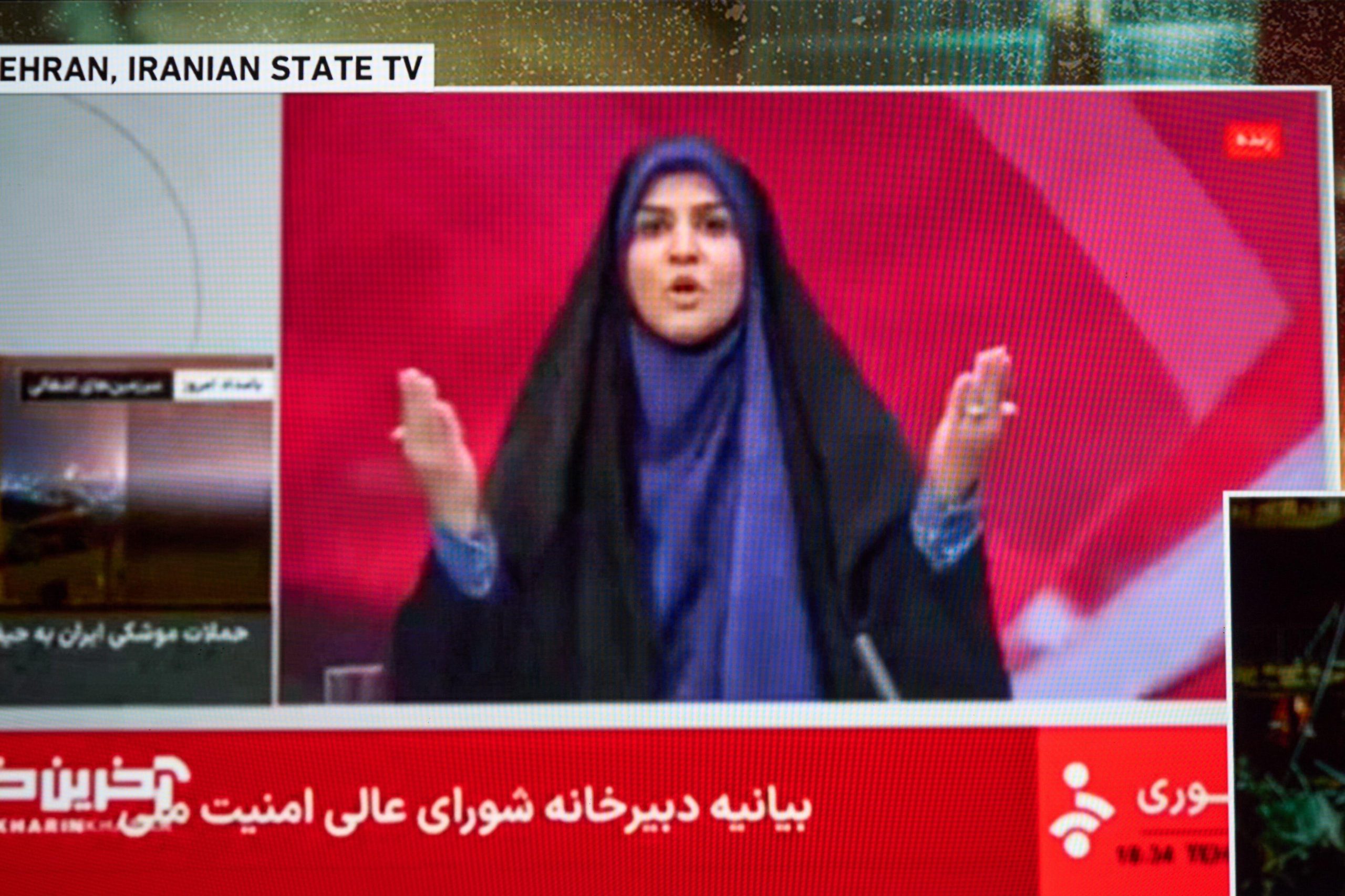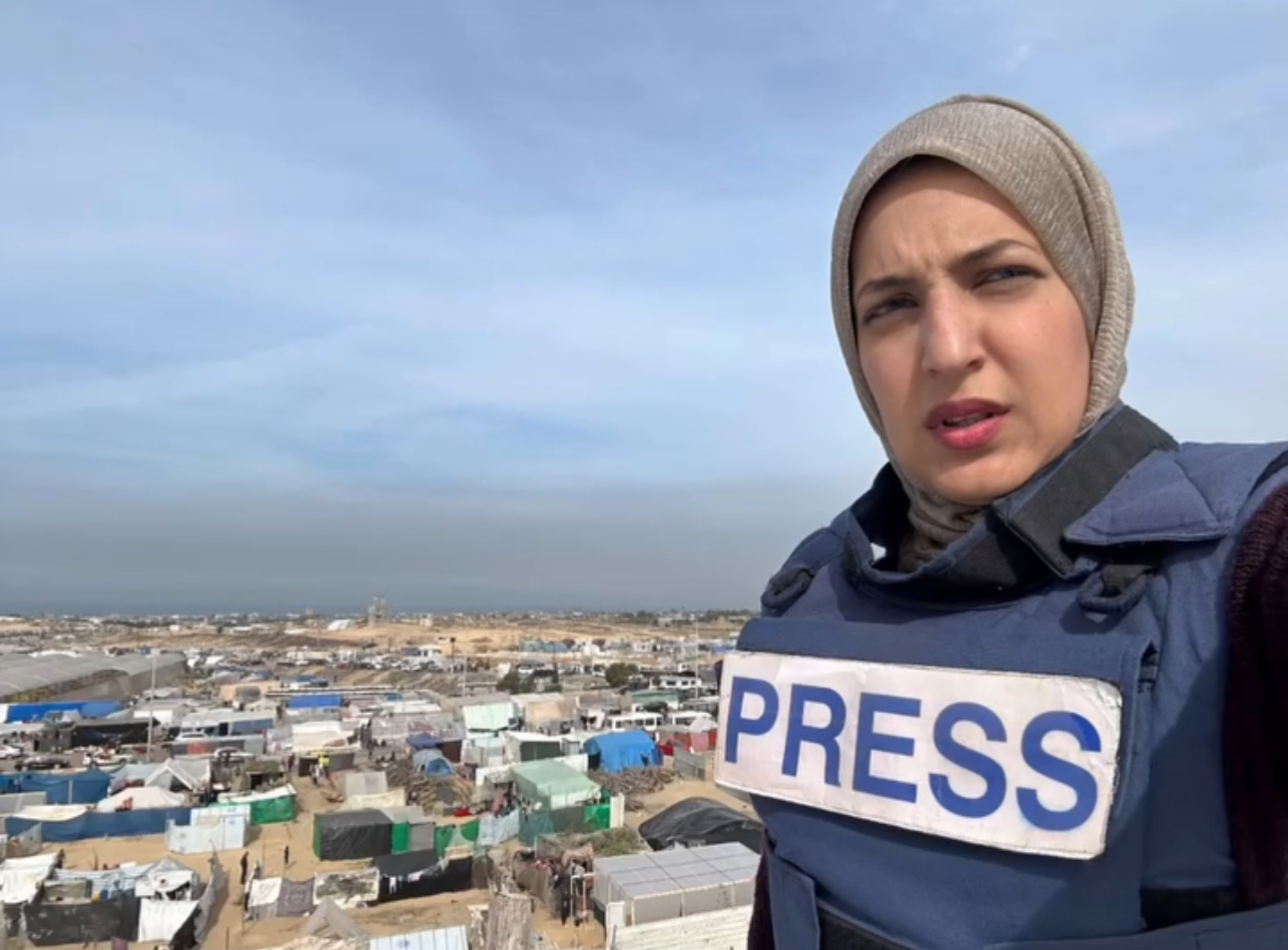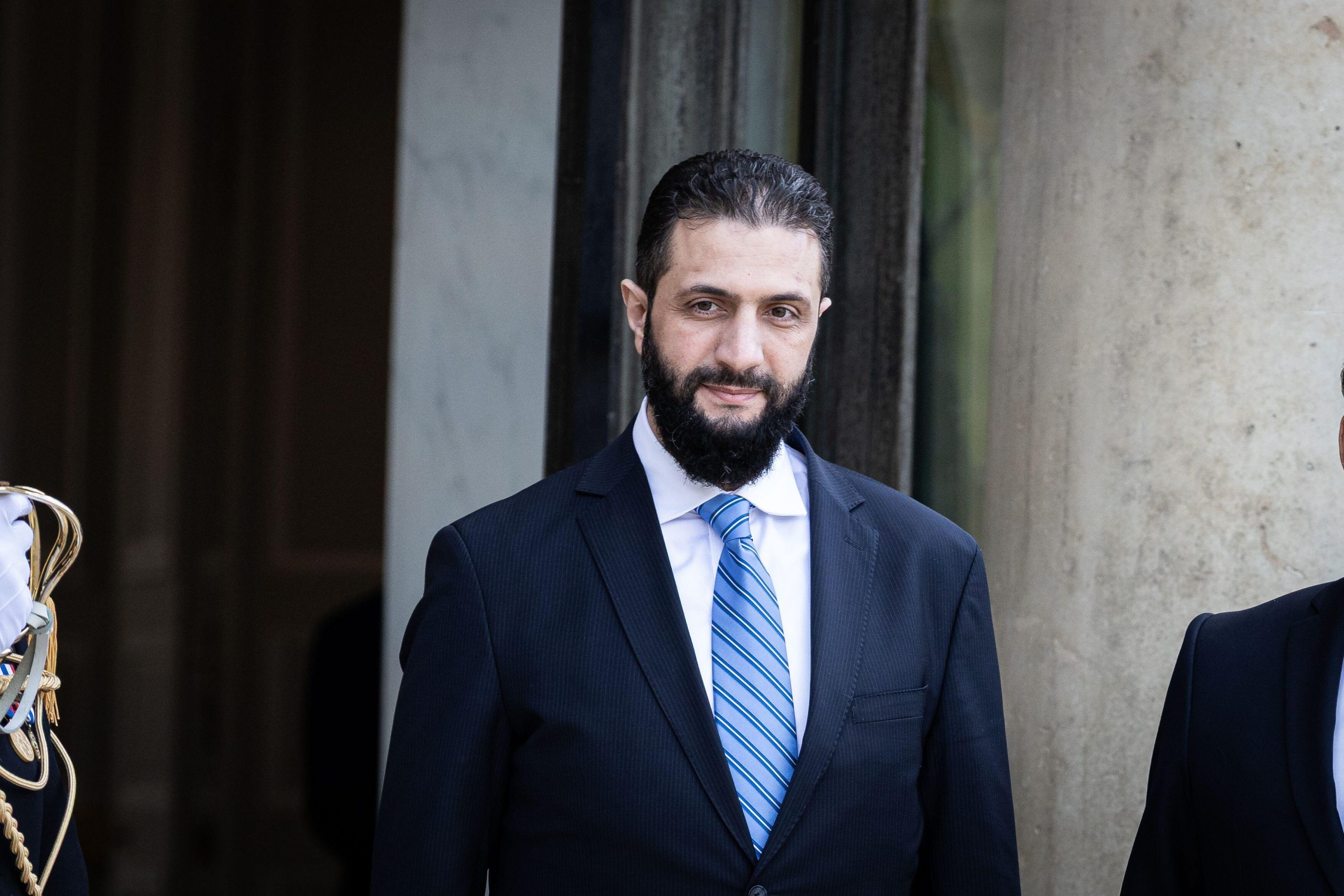Little Black Fish: Last week, a video entitled Runway In Subway caught my eye. Filmed on the Tehran Metro, it shows a young girl named Shirin Abedinirad boldly entering a train carriage and asking passengers for their rubbish, in order to pin it to her dress.
She says: “Hello, I’m Shirin, a fashion student. I’m hoping for your collaboration. It’s the first time we’re doing this. You could call it ‘fashion design on the metro’. If you have any rubbish, I will pin it on my dress.”
In the clip, Abedinirad and friends — one filming, another collecting items and carrying a box of safety pins — meet people and their discarded items on the train. A woman is heard asking “What kind of rubbish? Do you mean ‘anything’?”
I enjoyed watching Shirin’s interaction with the people on their every day journeys, and was quite moved by their response to her. The people were charmed by Shirin but they also showed an openness and willingness and humour. Living in Tehran is not without its challenges yet the intimate atmosphere and unity she generated and nurtured would be difficult to achieve on the Tube here.
What was most powerful about Shirin’s simple video is that she was able to create a moment to engage with other passengers candidly, in a place where free expression is not encouraged or tolerated. At one point, a woman writes “I can” on a piece of paper, hands it back to Shirin and says: “This is my slogan, and you can do it too.”
Another man challenges her project, and asks her “What is the link to design? I don’t see any design.” Shirin attempts to explain performance art to the man, and ends the debate by saying “we’ll see the relevance at the end.”
Many people on the carriage gave Shirin items that were not necessarily rubbish, and I imagine that they did so in order to support and encourage Shirin’s bravery and unusual vision. I had the chance to interview to Shirin about her work. Here’s what she told me.
The metro is a service on which I spend short of two hours of every day of my life. People travelling on the metro sit alone with blank, indifferent, occasionally tired expressions on their faces, passing the time before reaching their destinations. I’m always busy doing something on the metro.
Sometimes I talk to people and communicate with them and I take great pleasure in this. I fell to thinking that maybe I could produce something artistic with these people I meet by chance every day. At the same time, I wanted to incorporate my field of work and study, fashion design. I liked the idea of merging the two somehow. Then there is the fact that we don’t officially have fashion shows in Iran and often people don’t even know that we study the field of fashion design at university, so with that the idea became more fascinating.
I didn’t have any particular experience in performance art but had done some projects in media art, for example one that coincided with the international artists’ residency in Rajasthan, India. That gave me the experience of the performative art process. We did pencil designs on pieces of traditional Indian fabric and bought some henna specially for drawing. We gave these to village girls under the age of 14 to draw whatever designs they wanted on the fabrics.
In a classic interpretation, performance art is a medium in which interaction with the audience has special importance. At the same time the link that this effect has to personal life and making explicit the individual economic reality of the artist makes this a special medium to me.
An aspect of every contemporary human being consists of fragments that attach from society to the individual. I think the main idea of this work can be understood simply by that concept. Here, performance art enabled a scenario where an accidental audience, in a location that is inherently not artistic, discovered the opportunity in real form, to add something to the cover — that is, the external shell — of a human, whatever that something may be!
Runway in Subway took place on one day, for one hour. We traveled through seven stops there and back, so 14 in total, but the distances are longer than what you would experience on the London Underground. Once the performing outfit had taken its final form, the performance group left the metro and continued outside at street level.
It was a fascinating experience. Something I’d wanted to do for ages. I wanted to get people’s attention and to surprise them. Surprise them with the contents of their pockets and bags. Some of them took photos of me, though that was mainly when we were outside, a lot of taxi drivers took photos. My feeling towards the feedback I got was positive. People believed in me and took me seriously. It opened dialogue. And I think people liked seeing street fashion. We don’t have Fashion TV or fashion shows. They’ve seen unusual clothes on television but never up close. People were involved and the things they gave me were personal.
I experienced a lot in one hour. One woman furtively gave me a lighter. She said “Don’t let my friends know I gave you this.” It turns out they didn’t know she smoked!
Things didn’t happen as I imagined. On the one hand, with the situation in Tehran, I expected the police to arrest me. I also thought that the resulting dress wouldn’t be aesthetically pleasing to the eye. But it turned out to be more homogenous than I envisaged. Most of the passengers wanted to communicate with me and participate in the project. And I enjoyed this attention and collaboration. The point wasn’t their understanding of the project. I didn’t want anything to be imposed on the audience or participants. I wanted ordinary people to encounter their own personalities without any preconceptions about contemporary art. More than anything, I wanted something to emerge that is shared — between me and everyday metro passengers. Something that is discovered through this relationship and not dependent on people getting my idea or not! I also met a film director among the passengers and also a professional voice dubber — one of the oldest well-known voices. Their accidental presence there was interesting to me.
To me, the dress was just an intermediary, the body of work that completed the performance, but the real strength of the work lay in the relationship between me and the commuters.
Twenty-five year old Shrin Abedinirad is a fashion student in year three of a four year degree course at the School of Fashion and Textiles of Dr Shariati University, Tehran




